Series Produced Krab Howitzers Ready
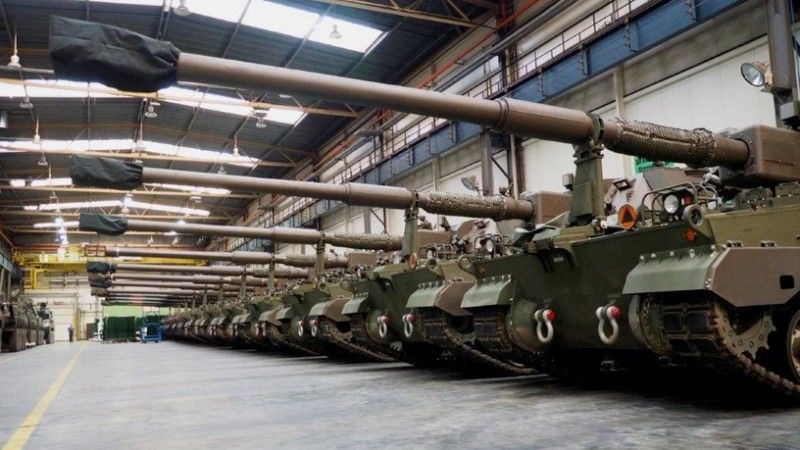
Krab howitzers have been readied to be sent to the customer at the HSW S.A. facility, along with the auxiliary command, command-staff, recovery and ammunition carrier vehicles. All of the platforms listed here would constitute the equipment of the first battery that is going to become a part of the first series manufactured Regina module. The quantity of vehicles is higher than envisaged by the schedule of the deliveries. Even though 12 Krab howitzers are ready, the schedule assumes that the first battery consisting of 8 platforms would be delivered to the military by the end of this year.
The above description depicts the manufacturer’s delivery readiness best, with regards to the equipment that has been manufactured over the period of 2 years, starting from the moment when the contract concerning the deliveries was signed back in December 2018. The contract in question, with its value exceeding PLNN 4.5 billion, concerns delivery of four complete Regina DMO elements. Each of these units includes: 24 Krab armoured 155 mm self-propelled tracked howitzers, DMO commander staff-command vehicle (WDSz), DMO chief of staff staff-command vehicle (WDSz), 3 command vehicles for the battery commander (WD), 6 command vehicles for the fire platoon commander (WD), all based on the HSW-designed and -manufactured LPG tracked platform, along with 6 ammunition carriers (WA) and 1 electronics/armament workshop vehicle (WRUE) - all based on the wheeled Jelcz platforms.
The aforesaid configuration is somewhat imposed by the 155 mm self-propelled artillery squadron structure adopted by the Polish Army’s artillery component, assuming that a squadron includes three batteries consisting of 2 fire platoons each, with a single platoon involving 4 Krab sphs. It has been assumed that each of the batteries and each of the platoons shall also have a command vehicle at their disposal. Outside the framework of the contract signed with HSW S.A. the military may also gradually procure other elements of the squadron, such as the vehicle that is to be used by the liaison officer or reconnaissance elements.
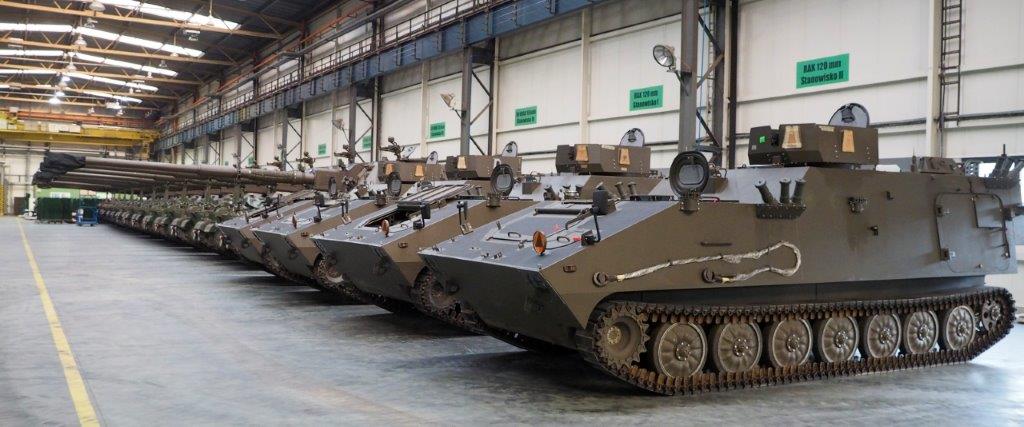
The contract concluded in December 2016 results from the fact that HSW met the conditions of the agreement that concerned delivery of so called “introductory” 155 mm self-propelled howitzers Squadron Fire Module unit. 11th “Mazurski” Artillery Regiment based in Węgorzewo has formally been the user of this equipment since August 2017, when the last deliveries were finalized. Since then, the equipment has been used by artillerymen. The process of implementation also includes development of operational norms and rules of tactical use. The manufacturer makes use of the remarks and experience gathered by the user to refine the series manufactured product. Thanks to the fact that the manufacturer of the ammunition (ZM Dezamet Nowa Dęba) could use Krabs borrowed from the military, the entity might have and still may carry out R&D effort with regards to 155 mm artillery rounds. The ammunition is going through a staged “polonization” process, with each of the stages being certified. Similar capacity also remains at hand of the Mesko facility working on precision guided rounds for Kryl and Krab systems.
Noteworthy, the programme initiated back in 1999, by conclusion of a license agreement concerning the state of the art turret systems derived from the AS90/52 sph developed in Great Britain, has gone through some turbulent periods. This included programme suspension and a real threat of closure. Ultimately, an agreement concluded on 12th May 2008, by and between the Arms Policy Department of the Polish Ministry of Defence and the Military Manufacturing Centre of the HSW, with a term of three years, became a basis for resuscitation of the programme. This made it possible to finalize the process related to introduction of the 8-cannon “implementation-stage” fire module delivered to the military in late-2012. To introduce the Krab platform fully, there were still issues related to the chassis reliability left to be resolved. Regina programme has been ultimately brought up to speed in December 2014, coming onto a straight. A Gordian knot related to the quality problems related to the Polish chassis delivered by a cooperating body was cut back then. In 2015 a Polish version of the Korean K9 platform was presented and handed off for a test programme.
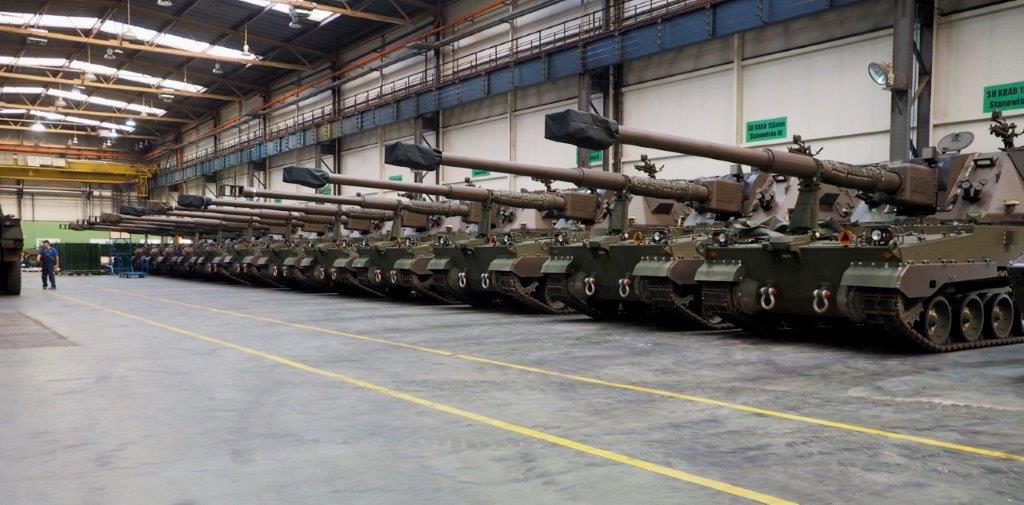
The positive results of the test programme, involving a howitzer configured like that, made it possible to begin the integration process with regards to the platforms procured in Korea, so that they would comply with the Polish requirements. Also, the turrets could have been finally put onto the chassis at the time. Furthermore, chassis platforms of 8 Krab howitzers of the “implementation” module have also been replaced. These vehicles were intensely used in the military/operational test programme, aimed at developing the design and crew training. The programme was taking place at the Artillery and Armament Training Centre in the city of Thorn.
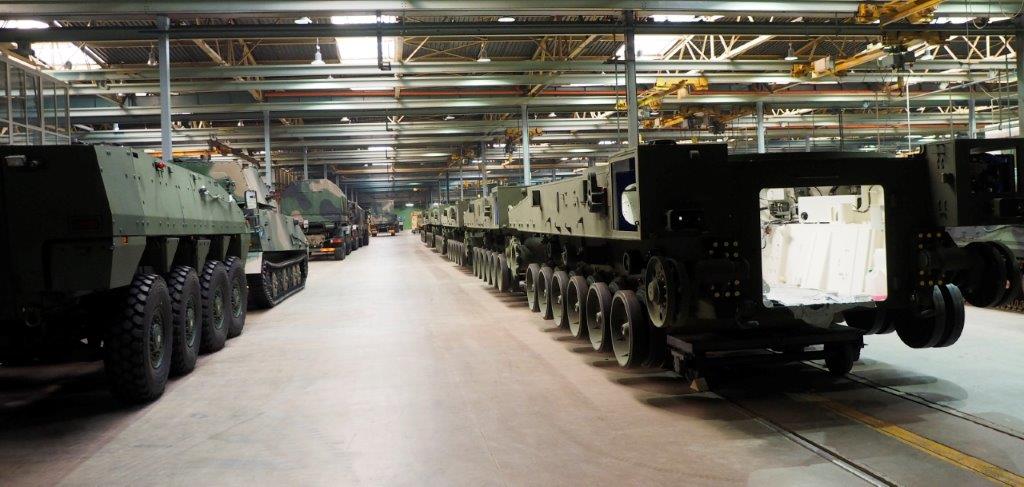
HSW S.A., simultaneously with manufacturing the “implementation” DMO unit, also began a convoluted process through which production license documentation concerning the K9PL platform was being transferred. This also included creation of a cooperative chain, preparation of manufacturing and designing technology, and of the process in which production equipment was being created. The whole effort also involved staff training and investments made in Stalowa Wola, with regards to the launch of the manufacturing process. The most spectacular of the investments made is the finalization of construction works concerning a new 3.5 thousand square meters production hall. The hall is destined to host a robotized welding facility, X-ray defectoscopy station and a multifunctional machining centre, the purpose of which would be to mechanically machine the armoured steel vehicle hulls. All of the aforesaid systems make it possible to conduct welding processes and machine the K9PL large volume hulls at the top level of quality. Also, it is expected that hulls of other armoured vehicles could be manufactured here. This especially applies to the new amphibious IFV also known as a part of an R&D initiative codenamed Borsuk [Badger].
Czytaj też: MSPO 2018: The Polish Borsuk IFV Taking Shape
At the moment the new facility is being equipped with new process-related equipment. This should end in 2019, and the hardware is going to be consistently launched, as finalization of the set-up progresses. The investment value exceeds PLN 40 million. Robotised welding stations have already been installed within the existing manufacturing infrastructure. They are going to be used to manufacture turrets, and also for training purposes. All of the above is viewed as an unprecedented technological revolution, at HSW and for the whole PGZ Group as well. Earlier on, a similar revolution, that also radically expanded the expertise of PGZ and HSW, came in a form of expansion and modernization of the barrel manufacturing facility.
We need 2-3 more years so that HSW S.A. finalizes the process of transformation and filling in the gaps of the past. Thanks to an in-depth verification of the business processes, the company brings profit. Throughout the last year we have invested several million zlotys in modernization. Machines and hardware costing another several million zlotys wait for delivery. I assume that our experiences gathered when implementing the model of efficiency improvement and development would be utilized by other companies of our Captial Group, making it possible to fully utilize its potential. We will eagerly, by completing our tasks, share the experience of ours.
In parallel to the equipping effort, the initial phase of production launch is taking place, with regards to the K9PL chassis.
According to the agreements made between HSW S.A. and Hanwha Techwin and the Polish Ministry of Defence, the chassis platforms for the first Regina module that is operated by the 11th “Mazurski” Artillery Regiment, have all been fully manufactured at the Korean factory and delivered to HSW as a readymade product. Also some of the platforms destined to be used in the first of the series manufactured modules were delivered in a readymade form to Stalowa Wola. However, the next lot arrived in Poland as kits, ready to be assembled. They were used to train the HSW employees with regards to the assembly process.
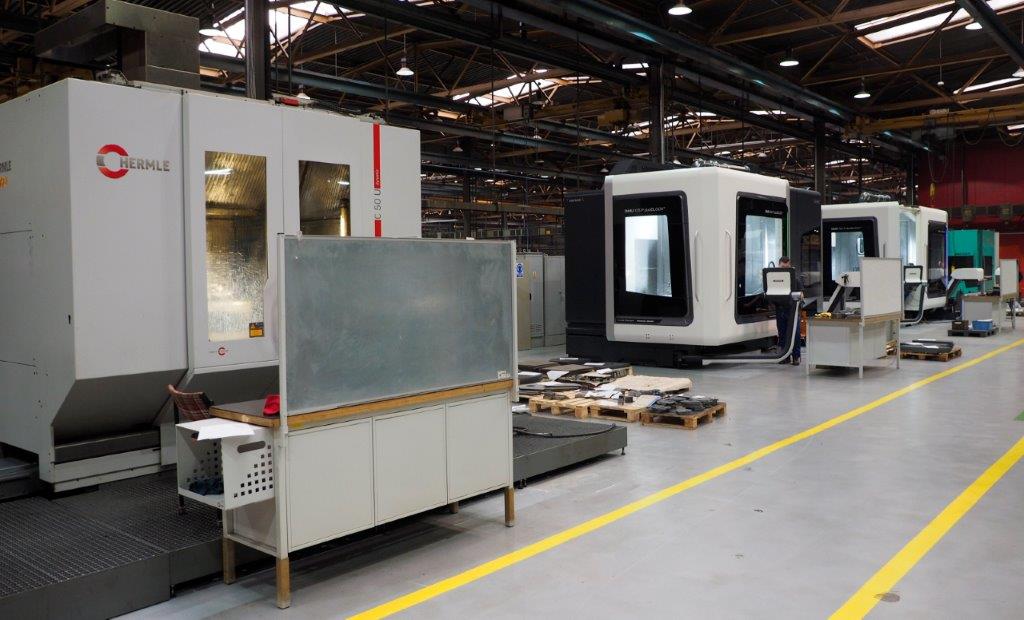
The training and instruction phase of the said process involved the Korean specialists, as, according to the agreement concluded in 2014, the licensor obliged himself not only to deliver the technical documentation as Hanwha Techwin is also obliged to train the HSW employees who will be working on the K9PL manufacturing process. The Korean entity also transferred a right to manufacture and export the chassis and products based on that platform to HSW. Moreover, HSW may redesign the K9PL platform so that it may act for other purposes (e.g. as carriers for specialist weapons systems or engineering platforms, this includes missile launchers or mobile bridges).
Czytaj też: Regina Programme Polonized to a Greater Extent
The process through which the Krab manufacturing is being tamed is fairly advanced now. At the moment HSW has 24 howitzer chassis platforms ready for the first series manufactured Regina DMO unit - which in fact is the second element of this kind. 12 out of the platforms have already attained the form of the Krab systems that now only wait for being handed off. Another 12 examples are being readied for integration with turret systems the production of which is in its final stages. According to the delivery schedule, HSW is to hand off this complete Regina DMO unit by the end of 2019.
HSW, regardless of the implemented developmental projects and expansion and modernization of its potential, which entails major investments, meets its obligations and commitments made for the military and stemming from contracts in a good and timely manner. We are ready to talk to the Polish Ministry of Defence at any time, with regards to potential extension of the Krab howitzer manufacturing series; same applies to all components of the Regina squadron fire modules.
Having the platforms delivery secured, with regards to the howitzers scheduled to be handed off to the Polish military throughout the year 2019, HSW feels no pressure to rapidly implement production of high quantities of elements and components of the chassis at other PGZ facilities. The work on actual taking over of all of the production stages is ongoing and proceeds in a systematic manner, so that the first Krab battery manufactured fully in Poland is delivered to the military in 2020.
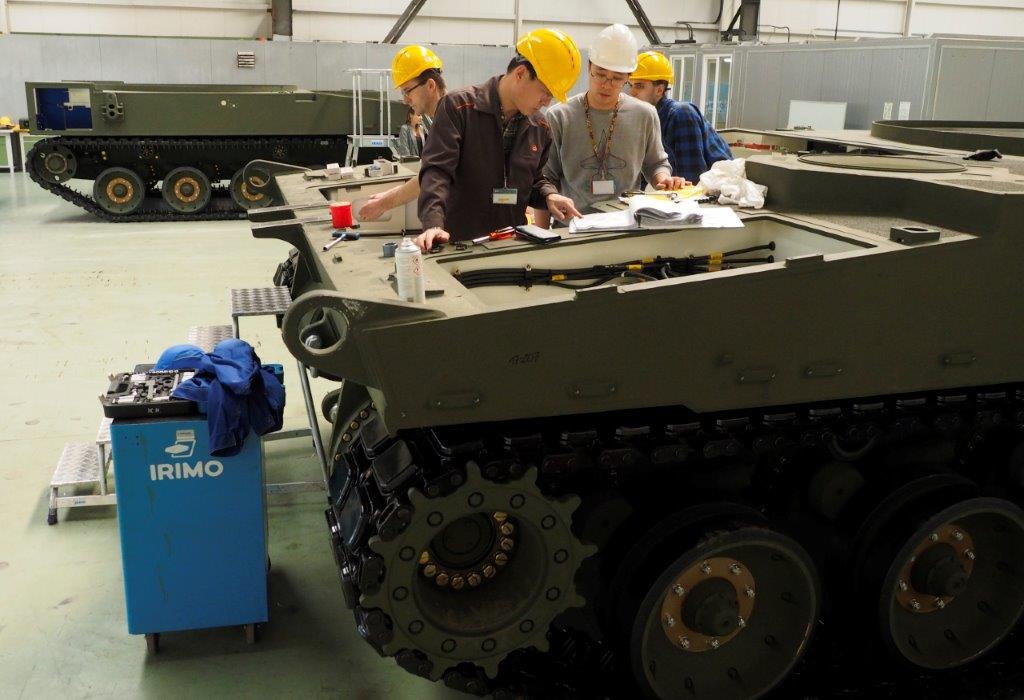
Several months have been given to HSW and PGZ to implement and adopt the production processes completely. It is also a good moment to develop solutions that would make it possible to significantly diminish the cost associated with manufacturing. The time in question is already being used to master the manufacturing process, on the basis of stages and schedule arranged with the licensor. The accuracy of timing has been brought down to the level of weeks. HSW itself is working on manufacturing of a number of different K9PL parts and components for the second series manufactured DMO. This includes the convoluted and innovative suspension system (hydropneumatic technology). What’s most important, work has begun to conduct pilot assembly process with regards to the structural portion of the hull bodies, in parallel to launch and preparatory process related to the welding robots. This constitutes an element of employee training. It is also a part of the process of mastering the HSW-based K9PL manufacturing process.
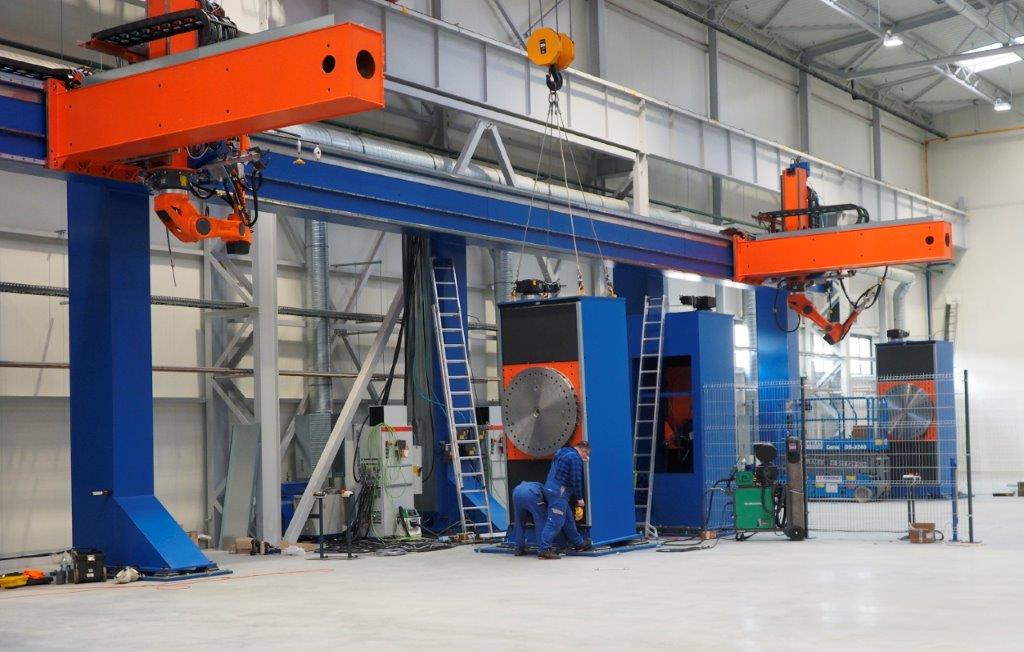
Most probably the 23rd “Śląski” Artillery Regiment based in Bolesławiec would be operating this equipment, following the 11th “Mazurski” Artillery Regiment unit from Węgorzewo. It is an important support unit for the 11th “Lubuska” Armoured Cavalry Division. It is currently operating the WR-40 Langusta, BM-21 and RM-70 rocket artillery systems and 152 mm wheeled sphs (Dana). Soon HSW S.A. will begin training for the Krab crews from Bolesławiec. The unit’s garrison is having a proper infrastructure established, making it possible to receive the HSW-delivered equipment, including hangars/garages and maintenance facilities.
The work on creation of the fourth division of the Polish Land Forces poses a question as to to what degree and when the former assumptions should be verified, with regards to the ultimate quantitative shape of the 155 mm self propelled artillery squadrons. The other question concerns the budget. It is certain though that the assumption that the Polish Armed Forces shall operate 5 DMO units involving 120 howitzers shall be amended. This quantity should be higher. The initial analysis mentions another 2 to 3 Regina modules that would be acquired following the current contract which is to be finalized in 2024.
The first Regina battery (8 Krabs, 3 WAs, 4 WDSzs and WDs and 1 WRUE platform) is going to be delivered to the military in November. The exact equipment transfer date has not been disclosed as of yet, but March 2019 is a binding deadline on which a complete battery shall be delivered, following all of the formalities related to the process of handing off.
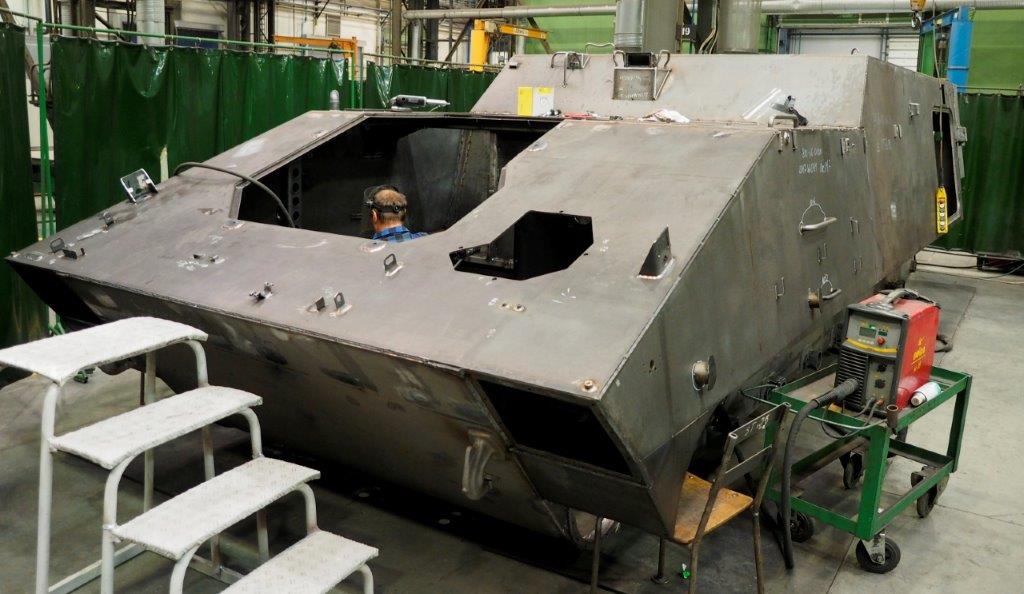
It seems that inclusion of heavy tracked Krab howitzers or lighter wheeled Kryl systems in all of the new units, if decisions are made here, would be equally important as defining the number of extra 155 mm artillery squadrons. This requires unambiguous decisions to be made, with regards to the latter programme. Despite the fact that a functional prototype of this system has been in existence since August 2014, with a wide range of factory tests already passed and with relevant design development modifications having been implemented, still the formalities have not been completed with regards to the initial phase of design and conceptual-analytical effort. Requirements have also been frequently amended for the programme. Even though the Kryl platform exists, moves and shoots, in line with the assumptions, it is still impossible to formally finalize the R&D programme contracted in mid-2011. Kryl R&D initiative worth more than 28 million zlotys, according to the plans made in April 2017, should be finalized by 27th August 2020. The value above excludes the assets invested by the HSW S.A. company in the programme.
Work on the Kryl system formally does not collide with implementation of series manufacturing of all of the Krab sph components or with R&D effort on the new generation Borsuk IFV. However, they create a status of uncertainty both at the company, as well as at other PGZ facilities, when it comes to stability of the requirements and expectations of the military. The work also forces the facility to remain somewhat ready to work on the Kryl system, and to have some technical and design potential available within the HR domain, both at HSW, as well as at other partner companies working within that programme. Making specific Kryl-related decisions is also important outside HSW. However it is the HSW that is to create conditions that are to be met to launch production of a certain number of DMO elements. The unexplored decisionmaking territory referring to that programme also includes selection of the command vehicle and, potentially, reconnaissance platforms, concepts. These will not be the same as the ones in the heavy tracked Regina elements. Finally, without a decision to introduce the system, it is going to be tough for the military to prepare a training and logistics support system, and infrastructure, all required to operate the new equipment.
HSW that works on artillery systems is also active on many levels. One of these includes assuming a role of consortium leader in numerous research and development programmes (ZSSW-30, Borsuk, Baobab K). Furthermore, the company also implements series manufacturing of advanced products (DMO Regina/Krab howitzers, KMO Rak mortar elements). Finally it also works on modernization and overhauls of its legacy products for the military (MORS engineering vehicles). This is complemented by two investment programmes (modernisation and expansion of the barrel manufacturing facility and, for the remaining divisions, introduction of new machining and CNC hardwares and another wire cutting machine, along with a new production hall and robotized welding systems or creation of own test track for traction and handing off test procedures).
The activities are complemented by being an important player within the strategic Wisła air/missile defence programme. It was on 24th October when HSW concluded an agreement with Raytheon to prepare the performance of a future contract concerning the aforesaid programme. A production and maintenance centre is going to be established in Stalowa Wola for that purpose. It is an investment that is to involve more funds than the latest welding facility created for Regina and Borsuk programmes purposes.
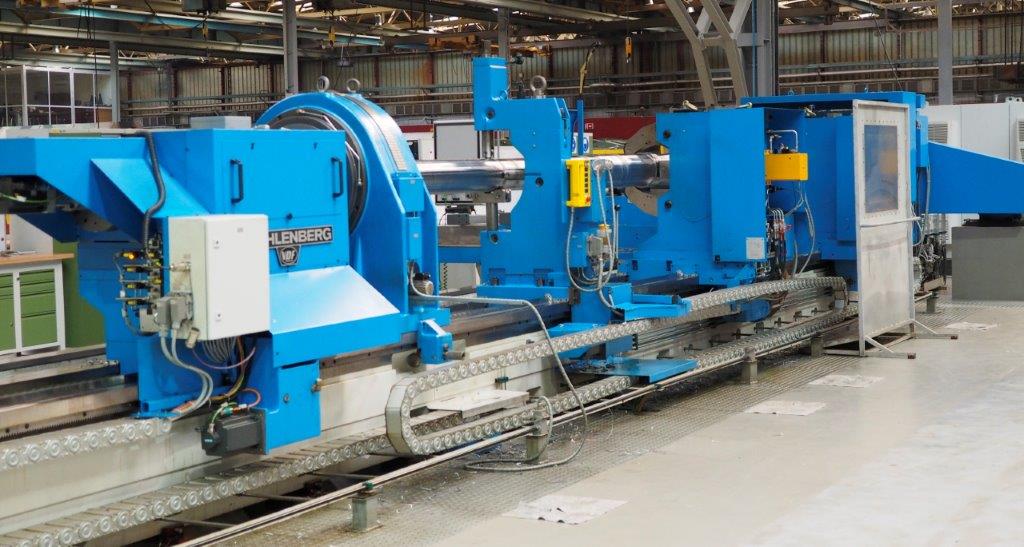
Regardless of all of the developments described above, HSW is looking forward to diversify the manufacturing processes. This also entails a plan to return to the civil market, both directly as well as through the Jelcz subsidiary company. It is not probable that HSW will return to the domain of heavy construction equipment from which the company departed in the early 2012, after selling the construction machinery business to a Chinese investor in its entirety, from research and design to service and distribution. The company enjoys a lot of orders placed by the military, but these are not going to last forever which is obvious. Thus HSW is thinking of civil production and export efforts.
Noteworthy, HSW S.A. does not hide the fact that it can exhibit good financial results in all of the company’s areas of activities. This is even more significant, considering the number of domains in which the entity operates. Even though the announcements made last year by the former President of the Management Board were too optimistic (sales volume for 2018 was expected to reach PLN 1 billion), following the first 9 months of the year the results are more than satisfactory. It is possible that sales value this year would reach 700 to 800 million zlotys, which confirms the company’s ability to maintain the sales growth dynamics at a level of around 50 percent. According to the management board of HSW S.A., September results suggest that profit was gained at a level of PLN 25 million. Nothing suggest that it is going to go down by the end of the year.
Jerzy Reszczyński
